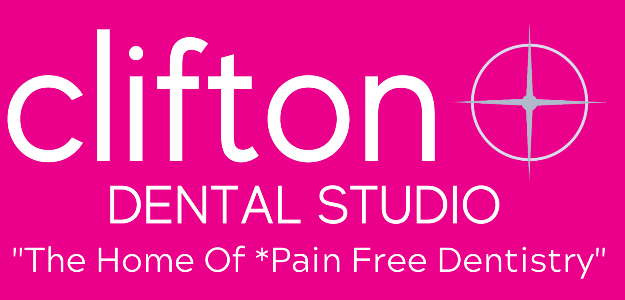Patients from Chepstow try the latest veneer treatment at Clifton Dental Studio
Patients around Chepstow and in the UK are turning to lumineers when it comes to alternatives to traditional veneers for your teeth. At Clifton Dental Studio in Bristol, customers are always asking about the difference between the two so we thought it would be a good time to enlighten you. Veneers are used to cover up misshapen teeth, chipped or cracked teeth, stained teeth or to help create that dazzling Hollywood smile that many of us crave. Lumineers are a popular veneer option because they involve minimal preparation or even a ‘no-preparation’ procedure that is attractive to both dentists and patients. This technique is best used with patients who have spacing in their smile and only minor tooth rotations. Most cosmetic dentists only remove enough surface enamel to allow a ceramist to make life-like teeth for patients so hopefully this will not leave your teeth overly sensitive – one of the biggest issues with having veneers installed. Often lumineers do not require the dentist to grind, cut or file down any tooth structure for proper placement. The veneers are adhesively bonded to the front of the teeth, making the process as much of a minimally invasive procedure as possible. The thick nature of traditional veneers requires the grinding down of your original tooth structure. This can be a painful, anxious experience that many patients would prefer to avoid. What makes lumineers unique is that they are ultra-thin (approximately 0.2 mm) and highly translucent, allowing them to replicate the natural appearance of enamel. Once the procedure is completed, there is no tooth sensitivity or placement discomfort, so they look and feel natural from the moment they are put in place. So, when you have lumineers installed, you can eat and drink anything you want with the confidence of natural teeth.Tags: dental veneers











